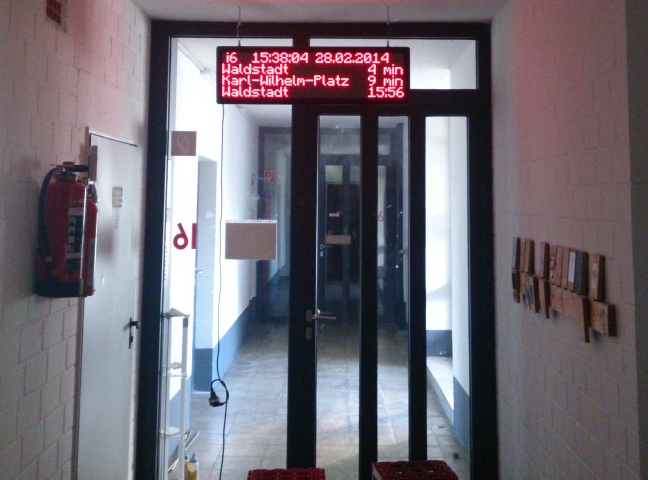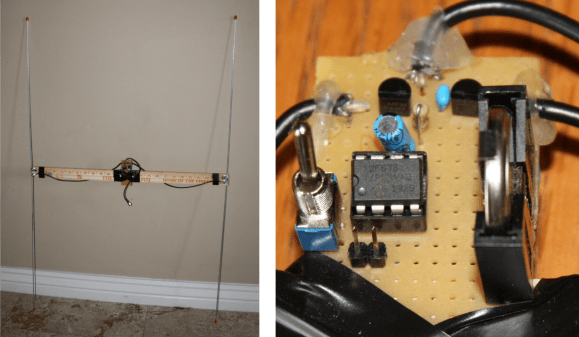Ready for another ill-advised tool hack we definitely do not recommend you try at home? Why not take a gander at this man’s home-made chainsaw… made out of a grinder! (translated)
What this (Russian?) man has done is modified his large electric grinder — into a chainsaw. He’s added a weld plate, some mounting locations, and now it can accept either grinding wheels, or after a few minutes of assembly, a full length chainsaw blade attachment. He’s probably pretty proud of himself, but we really hope he doesn’t end up losing a finger… or worse.
Anyway, we’re not even going to point out the lack of safety guarding in this video, because it is such an obvious bad idea in general. That being said, it actually works in the demonstration!
Stick around — don’t sweat too much though, no one gets hurt. There is one thing that can be said about this project though… It’s most definitely a hack.
Continue reading “Russian Man Builds A Chainsaw Out Of A Grinder”


 [Peter]’s dad recently rekindled his love for Lionel trains and wanted a bell to keep the crossings safe for O gauge drivers and pedestrians. Using parts he had lying around and a doorbell from the hardware store, [Peter] concocted this
[Peter]’s dad recently rekindled his love for Lionel trains and wanted a bell to keep the crossings safe for O gauge drivers and pedestrians. Using parts he had lying around and a doorbell from the hardware store, [Peter] concocted this 

 This week’s Retrotechtacular is a 1943 Encyclopædia Britannica film focusing on
This week’s Retrotechtacular is a 1943 Encyclopædia Britannica film focusing on 











